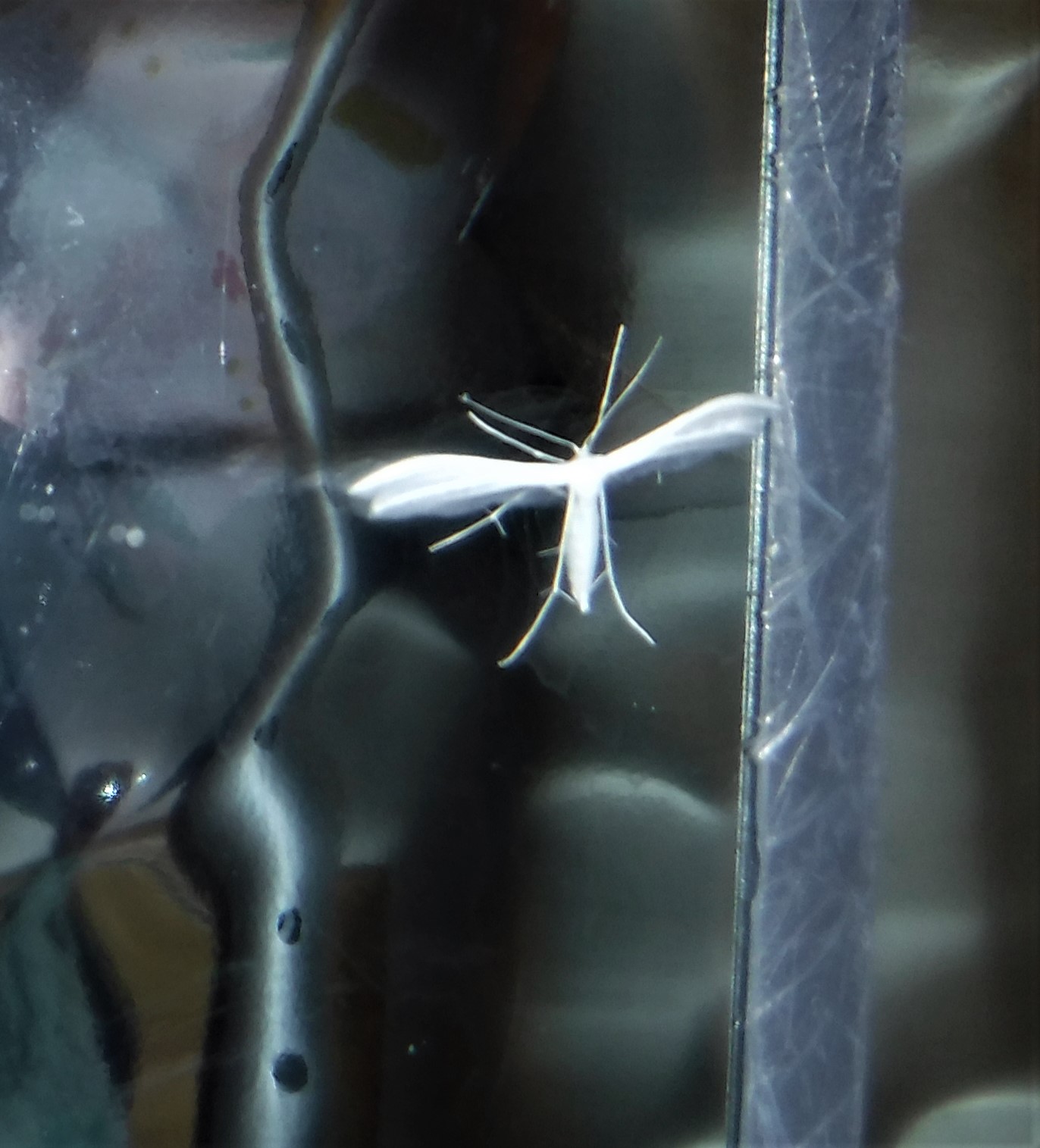
Total monthly rainfall: 30.5 millimetres. Maximum daily rainfall: 6 millimetres on June 19th.
There were 11 days when measurable rain fell, and 12 days when cloud-cover reached 100% for at least part of the month.
Maximum temperature on the warmest days was 28C on June 16th and 17th, and on the coldest day was 13C on June 1st.
Strong winds reaching force 5 or 6 occurred on the 4th and 27th June.
Our monthly total wildflower species for the month was 17, starting with tufted vetch and white clover on the 11th. This was followed by marsh bedstraw and pink convolvulus on the 12th, dark mullein on the 15th, and white convolvulus and meadow vetchling on the 16th.There followed self-heal on the 18th, agrimony on the 21st, and yarrow on the 23rd. We discovered redshank, pale persicaria, nipplewort and marsh woundwort on the 24th, and completed the month with rough hawkbit on the 27th, and ragwort on the 28th.
The 7 species of butterfly discovered this month brings our running total to 18 species. They are meadow brown among pasture on the 6th, large skipper in the woodland ride on the 11th, silver washed fritillary in the woodland ride on the 15th, small skipper in the eastern wildflower meadow on the 21st, marbled white in the same field on the 23rd, and white admiral among sunny brambles on the 27th, the same day we saw a green hairstreak among bird’s foot trefoil.
-
 Silk cocoon of unknown moth
Silk cocoon of unknown moth
Silk cocoon of unknown moth
Silk cocoon of unknown moth
-
 Six spot burnet moth
Six spot burnet moth
Six spot burnet moth
Six spot burnet moth
-
 White plume moth on porch door
White plume moth on porch door
White plume moth on porch door
White plume moth on porch door
-
 White tortrix moth
White tortrix moth
White tortrix moth
White tortrix moth
https://www.kentfieldclub.org.uk/news/little-barton-farm-wildlife-notes/nature-notes-june-2022#sigProIdc26d0001f9
We added to our previous ten moth species with the following: brown china mark moth on June 1st, yellow shell moth (4th), blood-vein moth (6th) white-plume moths (7th), green-oak tortrix moth (8th). Yellow-tail moth caterpillar (9th), a cream tortrix moth (11th) and a six-spot burnet moth (30th).
These 8 species brought our total to 18. As usual, we discovered another silk cocoon from an unknown moth, this time on June 30th.
Two dragonfly species appeared this month to bring our total to 10 so far. They are black-tailed skimmer on June 3rd, and a Southern Hawker at the back woodland pond, complete with its exuvia on the 24th.
We had no wild birds to add to our 39 species this month. On the 18th we discovered a black mallard hooked onto a broken fishing line and caught-up in water lily leaves close to the bank. Somebody had come in without permission during the night. We enlisted the help of our grand-daughter Isabel, who released it by rowing boat. Fortunately, the hook was not barbed. On the 20th we had an occasional sighting of a kestrel, and as usual received daily visits by the grey heron, and frequent visits from the cormorant. The Canada geese have largely stayed away during the month, having flown off with their 3 mature offspring. Our lonely white gander who was a devoted carer honked sadly and loudly for several days.


